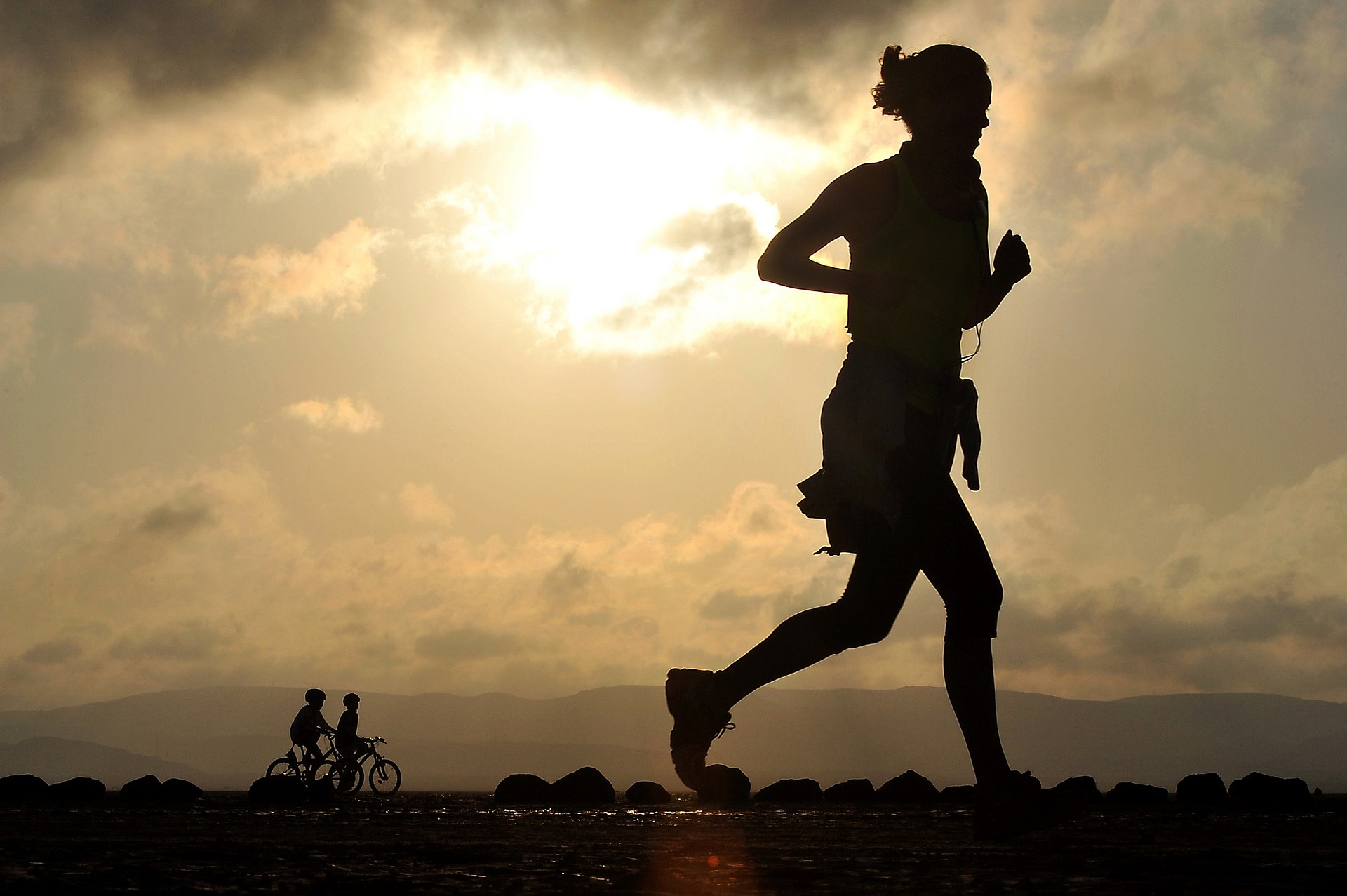We have all heard the advice to drink eight cups of water a day, and that if you are thirsty you are already dehydrated. However, new research would suggest that these are antiquated ideas and no longer established truths. The American Athletic Association in 2009 removed all of its previous hydration guidelines for athletes. This was a direct result of new research which uncovered that, due to the unique needs for each individual, there are simply no across the board recommendations about how much or how little water our bodies require.
There are three major signs of dehydration: Thirst, urine color, and changes in overall body weight. Much has been made of the association of dizziness or lightheadedness, muscle cramping, or headache with dehydration, but these are not scientifically the case. There is much literature discussing how a mild state of dehydration in marathon runners actually improves performance. A study by the renowned sports scientist and ultra athlete Dr. Timothy Noakes shows that almost 30% of Ironman triathletes cross the finish line in a state of hypoatremia – or over hydration, when a persons blood sodium levels reach low levels due to the ingestion of too much water. According to Dr. Noakes, the symptoms of distance runners suffering from hypoatremia are: curling up into a fetal position after the finish line; dull and slow responses; unwillingness to communicate–all of which result because the brain has swollen with the extra fluids. If not rectified quickly, hypoatremia can actually be fatal, whereas dehydration –unless over a prolonged period of time (days) –is almost never fatal.
Dehydration is a physiological term indicating a reduction in the total-body water content. Once the reduction in the overall body-water content causes the solute concentration, especially the sodium concentration of the blood to rise, the brain detects this change and develops the symptom of thirst. This is the simplest explanation of why we experience thirst and why it is our natural and number one sign of dehydration. So if you are training or racing, and consciously trying to monitor your fluid levels, pay attention to thirst in order to prevent both over- and dehydration.
The renal system is the major physiological mechanism responsible for maintaining fluid balance in our bodies and as such the second best indicator of dehydration is the color of your urine, specifically in the morning. This is especially important for individuals who exercise on a daily basis. A dark, more concentrated urine is indicative of dehydration, while a lighter color would be indicative of adequate hydration. If you have a history of medically related issues or major concerns regarding your hydration, there are urine testing strips that can accurately measure the specific gravity of urine solutes.
The third quantifiable sign of dehydration, is a change in body weight. On average 1 litre of water weighs 2.2lbs or 1 kg. The change before and after a strenuous workout or cardio session can be calculated to ascertain how much actual fluid was lost during and applied as a bench mark for short term rehydration.
Paying close attention to these three simple indicators will likely stave off any other more serious dehydration and overhydration symptoms. The best course of action is to be pro-active, listen to your body and be mindful of your hydration status.
More training tips: 5 Training Tips for Long Distance Running
____
Photo: 123rf





